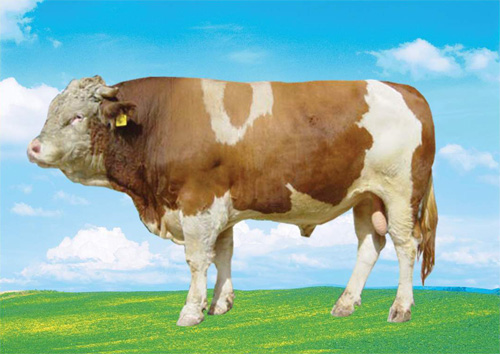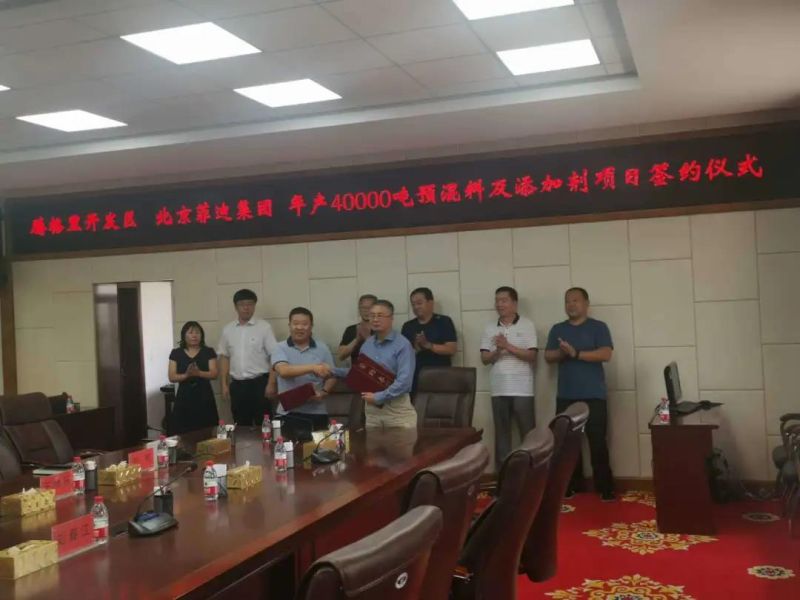At present, the autumn harvest of 2018 has come to an end, and the spring sowing of the new year will be prepared next. For next year's planting, farmers are most concerned about "what crops are planted to make money?" Well, today's small farmers take the popular soybean as an example to explain the price development trend of the year and give you a reference.
Global soybean price trends
In the 13th International Grease and Oil Conference held recently, many foreign industry experts predicted that in 2019, global soybeans will obviously exceed supply. This oversupply will change the global soybean pricing system. With the change of China's purchasing direction, Brazil and Argentina soybeans have also become an important source of growth in world soybean supply. Statistics show that Brazil currently has the potential to increase soybean production, and next year's output will probably reach a record 120 million tons. This will result in global soybean production reaching 366 million tons in 2019, while global soybean consumption is expected to be only 349 million tons. By then, global soybeans will have a "supply oversupply" situation.
Li Guoxiang, a researcher at the Institute of Rural Development of the Chinese Academy of Social Sciences: "When soybean supply is tight, it is logical that the supplier country will determine the price. But when the supply exceeds demand, the importing country should have a larger voice. More and more countries are producing for the Chinese market, which will allow China to have more choices. Therefore, in the future, China will rely heavily on imported soybeans, with insufficient domestic resources and strong demand. There are more and more countries supplying soybeans. China has an influence in the formation of soybean prices and is fully capable of influencing prices. Of course, under the influence of international market prices, China should not suppress soybean prices as low as possible. Keep at a reasonable price, and do not affect the domestic market price because of fluctuations in the international market. "With the diversification of China's soybean import channels, more and more countries will produce soybeans according to China's needs. China has formed an international soybean price mechanism. It will also have more influence.
Domestic soybean price trends
Recently, the subsidies for soybean cultivation in many places have been announced, and the amount of subsidies this year has been greatly increased compared with previous years! The five sub-regions of Jilin Province are the first to announce the subsidy standards, the highest subsidy is 560 yuan per mu, 8400 yuan per mu! Many farmers see the trend of subsidies this year, they are considering whether to expand the soybean planting area next year? Next, the small farmers will take you to understand the basic situation of domestic soybeans.
Price trade competition
China is a country with a large population, and soybean is also one of the important food crops, and the demand is very large. This year, we launched a price trade competition with the United States. Among them, the tariff on soybeans was increased by 25%, which led to a direct increase in soybean import prices this year. Farmers also generally called for boycotting imports and choosing to plant soybeans. For next year, if Sino-US trade frictions are eased in a phased manner, the imports of US soybeans will increase significantly in the later period and cause an impact on the domestic soybean market. Domestic soybean prices may decline. On the contrary, if trade friction persists, there may be a significant gap in domestic soybean supply and demand next year, and prices are expected to continue to rise. In view of the current market situation is not clear, it is recommended that farmers do not blindly follow the trend of cultivation, and do more market analysis.
Policy factors
Let's talk about the policy factors of this year again. The reduction of corn and the increase of soybeans are the country's established general strategy. Taking Heilongjiang as an example, the subsidy standard for soybean producers this year is 320 yuan per mu for legal planting area, an increase of about 146 yuan per mu over last year. From the changes in subsidy standards, we can see that the policy is very supportive.
Market trends
This year, the soybean price has been hovering for 1.8 yuan per catty for half a year. This is also the bottom of the market since the decline of the soybean market in 2016. It should be said that the bottom of the soybean market has been completed. The downward trend is small, but the increase is greater. The soybean price is expected to be next year. rise.
Soybean yield
International soybean production has generally declined this year. Not only have we suffered from high temperature and heat, but South America has also experienced a prolonged drought. The decline in soybean production has led to a significant reduction in the amount of soybeans imported to China. It is expected that the market will demand soybeans next year. Bigger. In general, soybean prices are expected to rise regardless of domestic demand or the impact of Sino-US trade, but you also need to grow according to your own conditions.
Will there be "subsidies" for planting soybeans next year?
This year's soybeans are regarded as "scenery", and the subsidies are much higher than corn. In addition, the country encourages the cultivation of soybeans, and it is indeed "favored". Presumably many farmers have already made preparations for planting soybeans or expanding soybeans. So, will there be subsidies next year, and will the subsidies remain "scenery"? According to the current situation, there will be subsidies for soybeans next year. This year, we are encouraging the reduction of corn planting area and the promotion of soybean cultivation, and this year the soybean subsidies are so large, this is to a certain extent to curb others' output of our soybeans and protect our domestic soybean market. Therefore, there should be subsidies for soybeans next year.
As for the amount of subsidies, it is still uncertain, because the relevant policies for soybean subsidies in 2019 have not yet been introduced. In addition, it depends on the overall market performance of soybeans in 2019, and then the state will decide how much to subsidize farmers according to the actual situation. In general, the subsidy policies of each province are different, and the specifics will be subject to the announcement by the local government. The key to planting soybeans next year depends on the guidance of national policies and market dynamics. The benefits of soybeans this year are good, but the market is changing rapidly, and there is no quota for the amount of subsidies each year. Farmers still have to make more preparations according to their own time. Focus on policies and markets.
(Source: China Agricultural Network)





